Nani Marquina tells all about her sunny Barcelona home and her design inspirations…
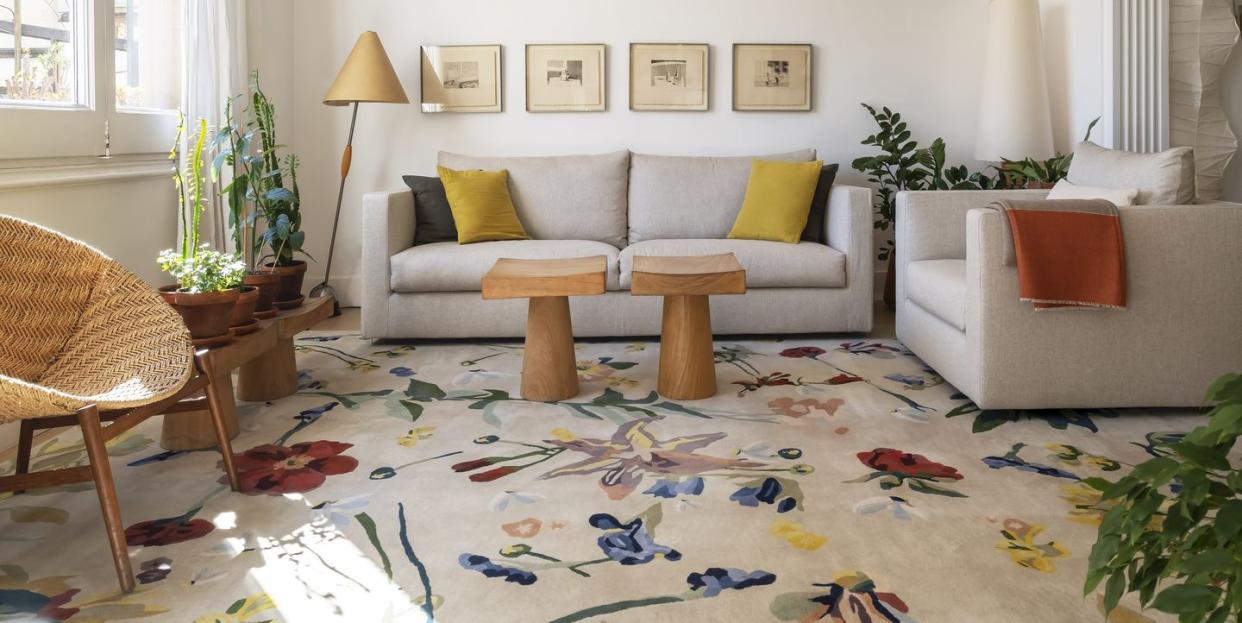
When Spanish designer and rug revolutionary Nani Marquina enrolled at the Escola Massana in her hometown of Barcelona, she knew only that she wanted to study design. It was a choice motivated by her father, Rafael Marquina – he of the stylish, non-drip ‘Marquina 1961’ oil cruet fame and one of Spain’s most admired mid-20th-century design pioneers.
‘He instilled in me the same passion and thrill he put into his own work and architecture,’ she recalls. ‘There weren’t many designers at the time, so he did many things, from creating the oil cruet to chairs and motorbikes. I was impressed by his versatility.’
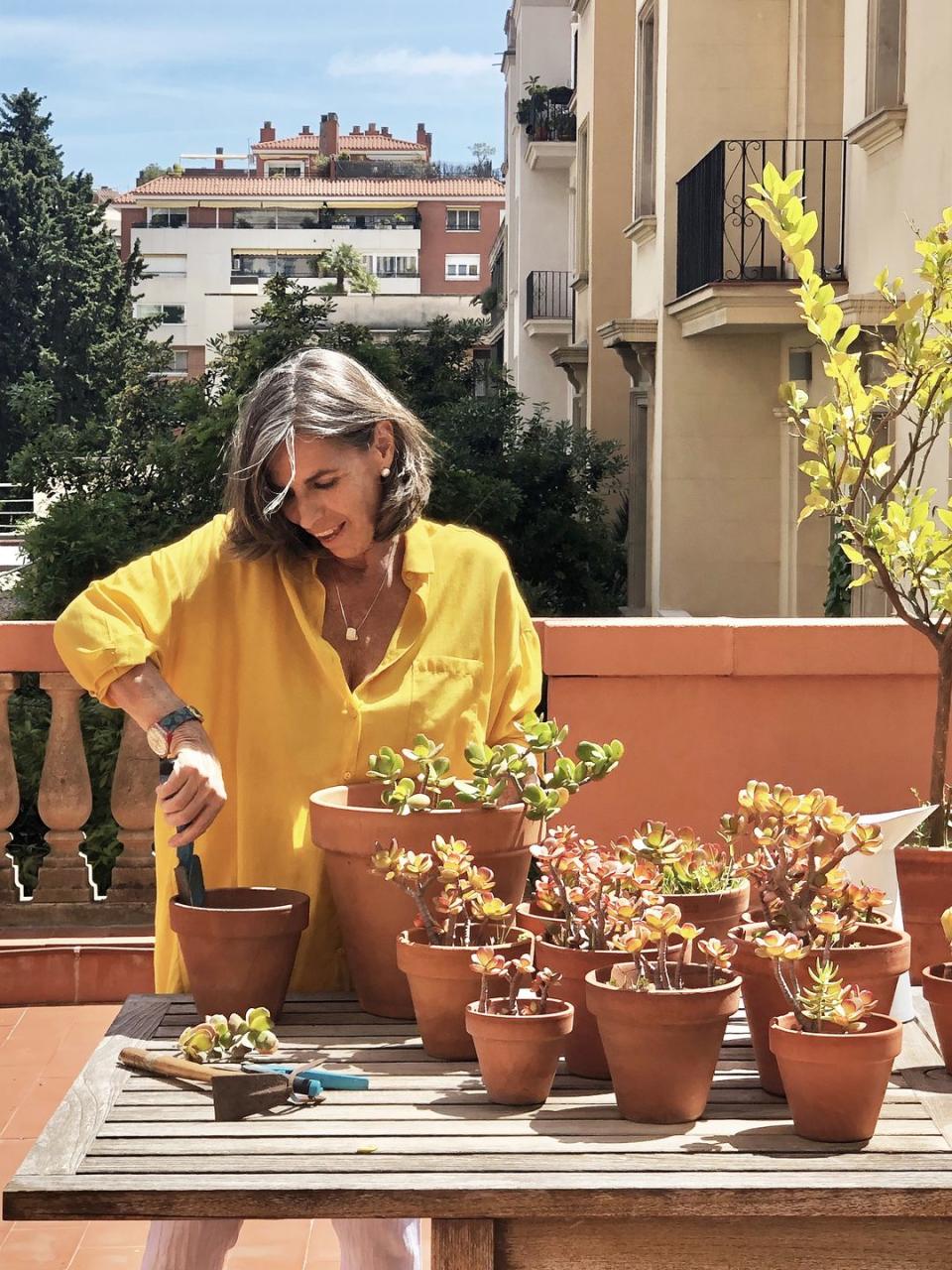
Having forged a career in textile design following graduation, when the opportunity arose to create rugs, Nani knew to grab it with both hands. At the time, there were no contemporary-looking rugs on the market so, in 1987, she founded Nanimarquina.
Based in Barcelona, the company first began working with makers in Spain before then collaborating with artisans around the world, including India, Pakistan and Nepal. ‘Behind each rug there is a place, people, their culture and history,’ says Nani. ‘All of this makes the artisanal work in our designs so rich and interesting.’
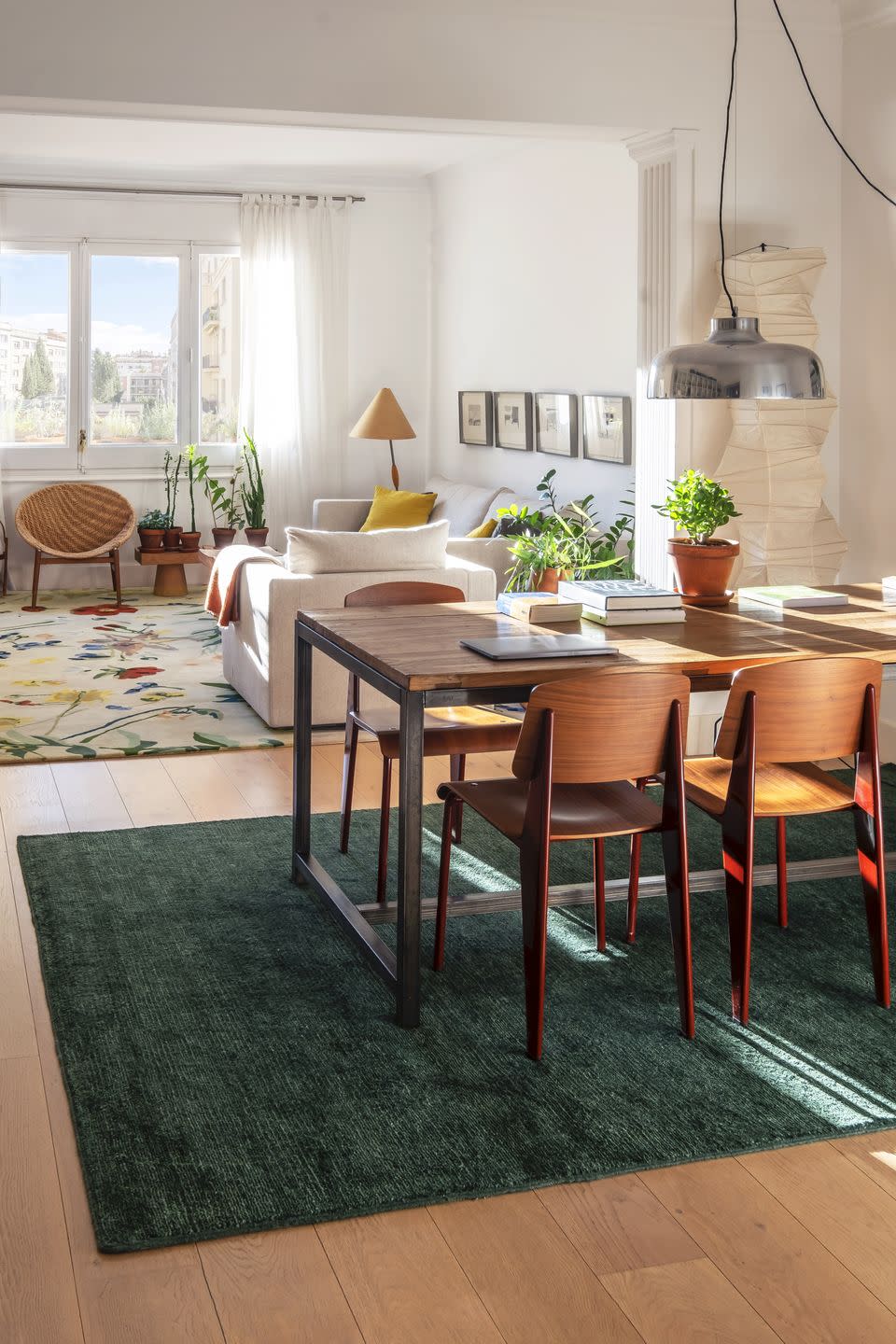
In the beginning, the designer drew on her ‘own emotions and surroundings’ for inspiration. ‘I am lucky to be based in Barcelona, a city immersed in colour,’ she enthuses. ‘I don’t think you can create if you don’t nourish your influences.’ Today, with Nanimarquina’s designs found on the walls of the UN’s headquarters in Geneva, as well as retail stores for luxury brands including Loewe and Fendi, and hotels around the world, the company’s horizons have been expanded beyond the sunny Spanish city.
Collaborations with internationally renowned designers, such as Jaime Hayon, Ilse Crawford, Ron Arad and Neri & Hu, have added even more fresh perspectives. ‘They offer a different view of the world and of design, and with this, exciting new challenges,’ explains Nani.
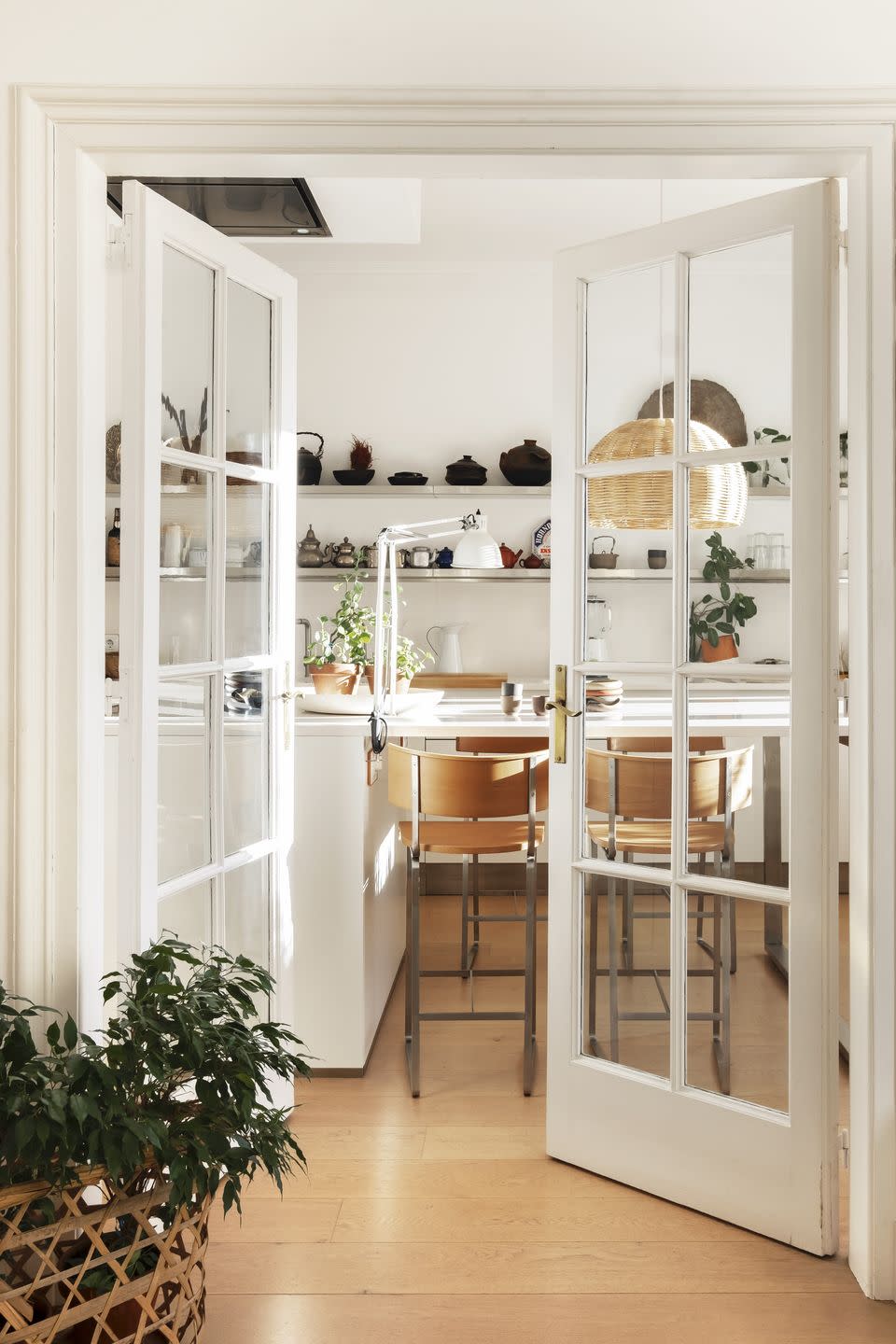
Where Nani consistently pushes the boundaries in her work is by combining traditional, age-old rug-making techniques with contemporary patterns and palettes. It’s a theme that’s also apparent in her home, located in Barcelona’s north-west suburb of Tibidabo.
Here, past and present are seamlessly blended. While respecting the building’s original 1940s architectural bones – including elegant ceiling mouldings and columns, as well as original glazed internal doors – she and her partner, photographer Albert Font, have remodelled the apartment’s spaces to ‘adapt to our lifestyle’.

Divided by a long corridor (which Nani refers to as ‘the skeleton’ of her home), the property has two distinct sides. One is ‘the day area’, including the kitchen, open-plan living and dining room, where there is access to a lower-level studio. The other is more intimate, containing the dressing room, main bedroom and bathroom. The bathroom and kitchen, previously ‘positioned in the darkest areas of the house’, were redesigned to welcome more natural light and Nani set about creating stylish storage to provide ‘visible space’ in which to showcase her collections of objects from her travels.
‘When we renovated the interiors, I knew I wanted to have all of them in sight,’ she says. And, indeed, at every turn there are snapshots of memories beautifully gathered. Honey- and mother-of-pearl-hued soaps line the walk-in shower, while vintage teapots, cooking pots and utensils fill the kitchen shelves. Elsewhere, you’ll find books and beloved photographs from her parents and grandparents, as well as drawings and sculptures by her daughter Maria Piera (now CEO of the company) and grandchildren.
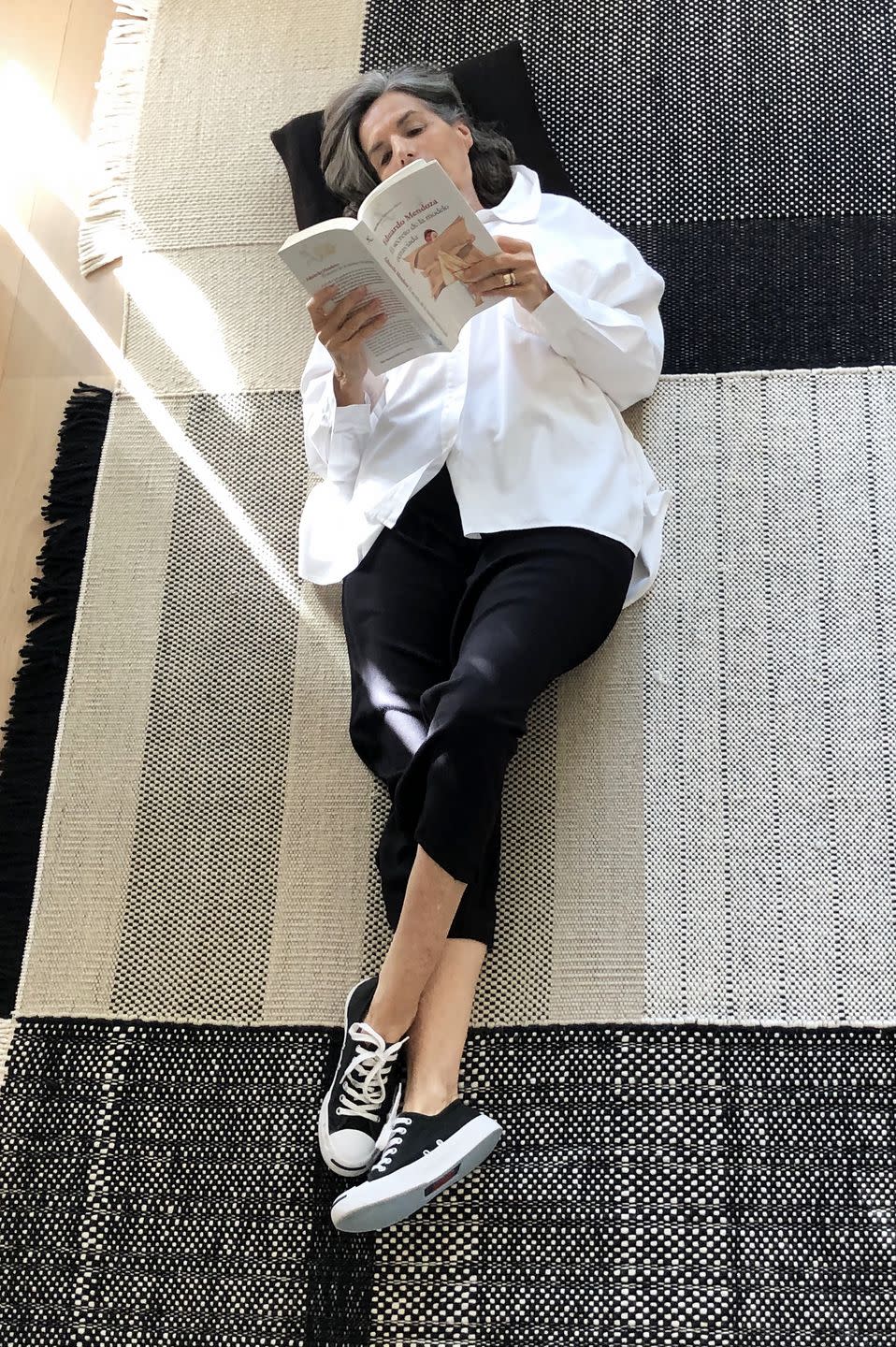
These curated displays, along with a multitude of indoor plants, bring colour and energy into what Nani describes as otherwise purposefully simple spaces. The rooms are painted white for a sense of calm and ‘balance’, and dotted with just enough key pieces of furniture (from an upcycled dining table fashioned from old Chinese doors to classic collectibles by Bertoia and Corsini) to create a feeling of comfort.
Unsurprisingly, there are Nanimarquina rugs in every room, each chosen for the unique personality it imparts. In the living room, Barcelona-based artist Santi Moix’s flower festooned rug was selected because, says Nani, ‘it connects me with nature in an intuitive way and gives me a lot of energy’, while in the walk-in wardrobe, Ronan & Erwan Bouroullec’s ‘Losanges’ design, with its ordered black, white and grey tones, ‘makes the space feel tidier’. Rugs, Nani asserts, play a vital role in any space. ‘They have a huge influence on how your home connects with you and your emotions – I always look for rugs that relate to my mood.’
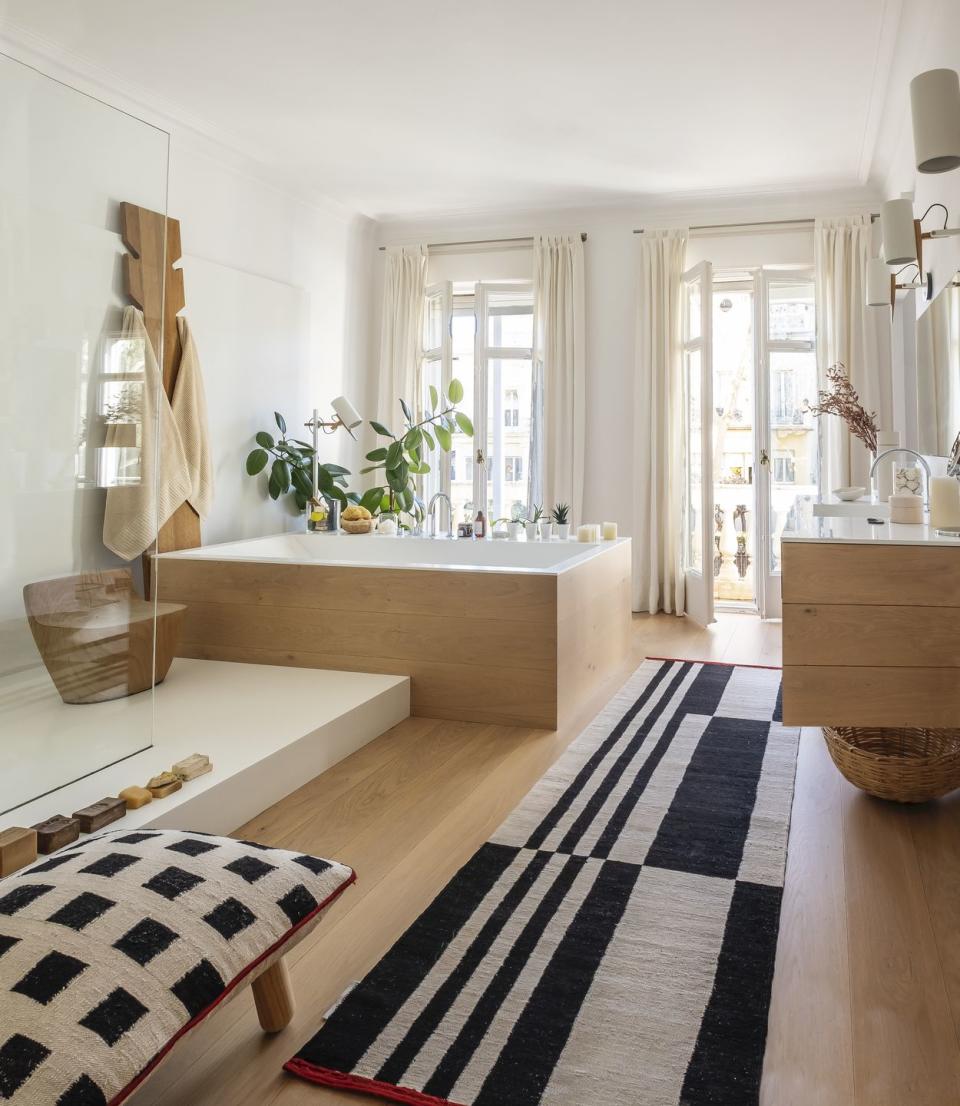
The result is a property that provides both stimulation and sanctuary. ‘I work a lot,’ says Nani, ‘so home for me is a place to relax and recover from the day.’ Every inch of this apartment has a nourishing quality – it’s filled with tokens from her life, loves, work and travels. It is, she says, ‘a place to feel very much myself’.
There’s space for the mayhem of large family gatherings, and room for her and Albert to work side by side, but, admits Nani, there is nothing that brings her more joy than a morning spent in bed, ‘reading, working, doing my never-ending to-do lists and listening to music’. Recharging her inspiration. nanimarquina.com


